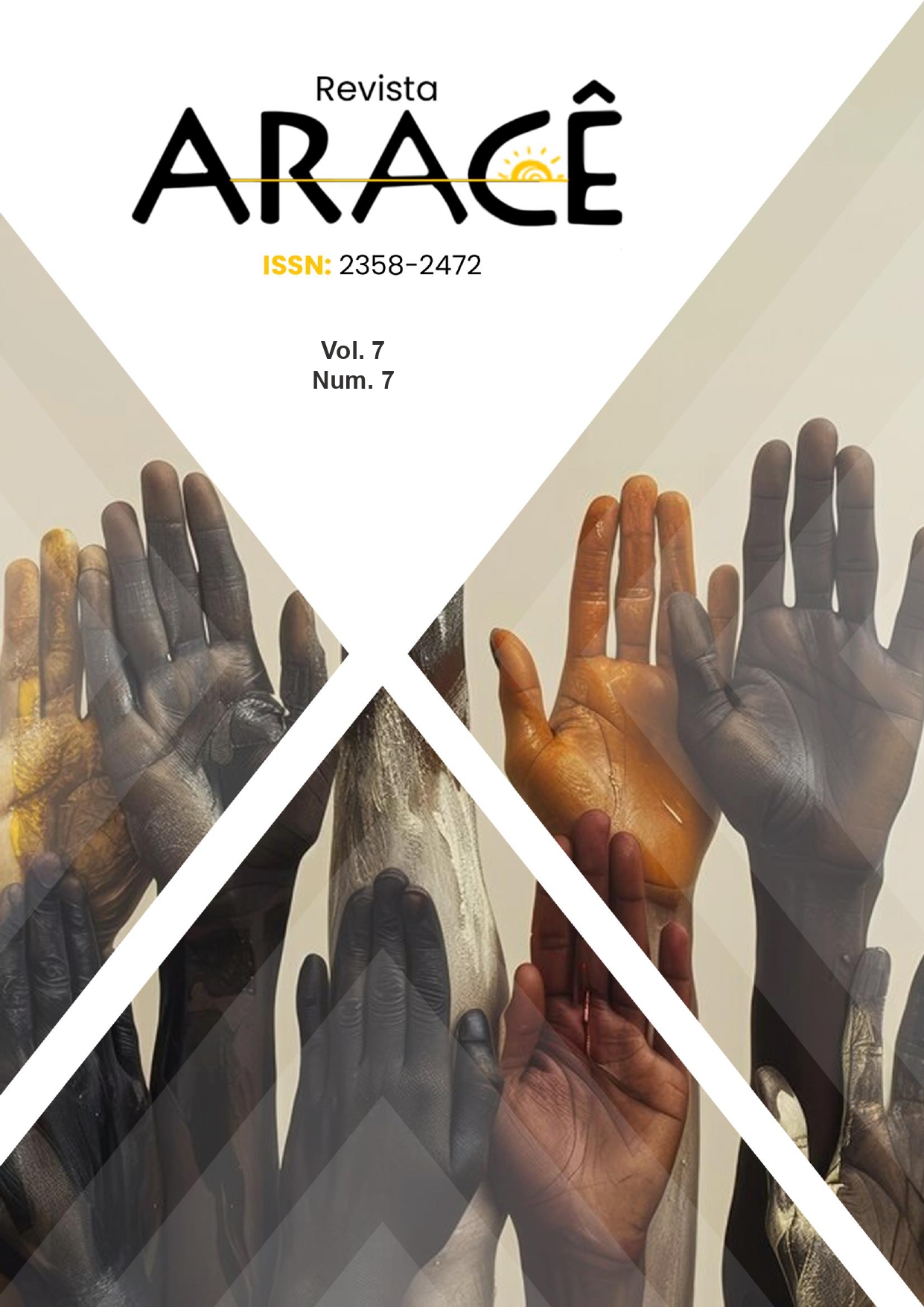RELAÇÃO ENTRE CIDADES INTELIGENTES, MORFOLOGIA URBANA E PATRIMÔNIO CULTURAL NA CIDADE DE DIAMANTINA, MINAS GERAIS
DOI:
https://doi.org/10.56238/arev7n7-052Palavras-chave:
Cidades inteligentes, Patrimônio cultural, Morfologia urbana, Diamantina, Inteligência artificialResumo
A busca por cidades mais inteligentes tem gerado uma ampla gama de estudos que propõem, debatem e analisam soluções sustentáveis, inovadoras e tecnológicas para os desafios contemporâneos da vida urbana. Paralelamente, o reconhecimento do patrimônio histórico e cultural como parte essencial da identidade urbana tem ganhado destaque nos debates sobre o planejamento e a morfologia das cidades. Diante da complexidade das dinâmicas urbanas atuais, torna-se necessário conciliar a preservação do patrimônio com o uso de tecnologias emergentes, como a inteligência artificial (IA), como ferramentas para a construção de cidades mais inclusivas, resilientes e conectadas. Nesse contexto, este artigo tem como objetivo investigar a relação entre cidades inteligentes, morfologia urbana e patrimônio cultural, a partir de uma proposta arquitetônica situada em Diamantina-MG, cidade histórica reconhecida como Patrimônio Cultural da Humanidade. A pesquisa parte do pressuposto de que é possível articular inovação tecnológica e preservação patrimonial de forma complementar, o que contribui tanto para a valorização dos bens culturais quanto para a qualificação dos espaços urbanos. Para isso, são utilizados estudos sobre morfologia urbana, cidades inteligentes e inteligência artificial no ambiente construído, aliados à análise da cidade de Diamantina e à elaboração de algumas propostas arquitetônicas para facilitar a vida dos habitantes do município.





